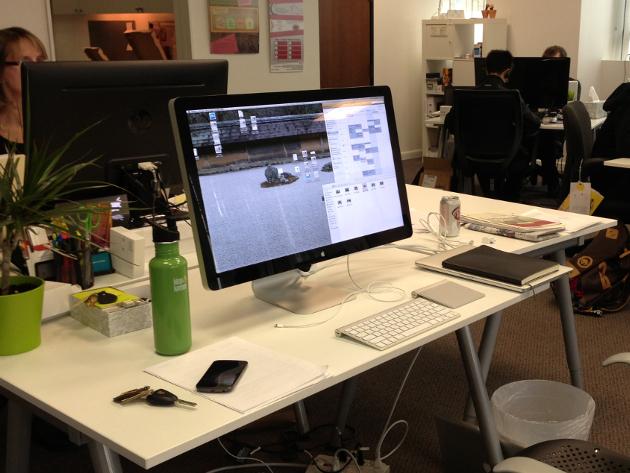Closing the deal on a new hire can be a relief, but a signed job offer is not the end of the hiring process. New employees need a strong onboarding program to become truly effective. When a hiring manager invests time in a new employee in their first few months, the employee becomes a net contributor much faster.
Changing jobs is stressful. During the transition to a new job, small gestures make a big difference. Send the new employee a handwritten note or small gift to welcome them to the team. Ease difficult family transitions—such as selling and buying a house and relocating—wherever possible. This is especially appropriate if the employee is making a big relocation. Provide helpful materials so that the employee knows exactly what to expect on day one:
Helpful details include:
- A map to the building that shows where to park and where to report
- Instructions for who to report to
- What time to arrive and the team’s typical workday hours
- Any instructions or keycards needed to get into the office
- Dress code, if necessary
- Employee handbook
Make the new employee feel like part of the team before they even arrive for their first day. It will make the transition easier and faster. It is natural to feel nervous and even doubtful when starting a new job, so create an environment that welcomes them.
On their first day, make sure everything in the office is ready for them. They should have a fully furnished work area—do not make a new employee sit around on day one with no computer! They will need strong guidance for the first few days as they get their bearings, so give them a clear agenda to guide their activities through the day.

Providing a organized workplace set-up makes a big difference in welcoming a new employee.
Meet regularly (ideally, daily) in the first week or so to follow-up on tasks, training, and daily activities. This will give them a structured time to bring up questions and challenges and solve them quickly. Get the employee’s input and feedback on their progress and monitor their work with a positive approach, providing resources where possible.
Provide all necessary office supplies, and a few branded company gifts, like a t-shirt in their size. The rest of the team should know the person’s name and a little bit about them. Send a welcome email to the new employee and CC the rest of the office. Take the whole team out to lunch on the first day, or even better, several times within their first few weeks. Where possible, help the new employee create relationships outside of their formal reporting structure, which will give them a sense of belonging and security, and also enable them to learn from many colleagues instead of relying solely on their direct supervisor.
Investing time and money in the employee onboarding process pays off. It helps new hires to build momentum towards being a net contributor. Laying a strong foundation during the onboarding process will result in happier and more productive employees.
